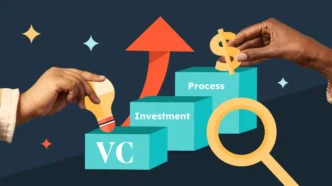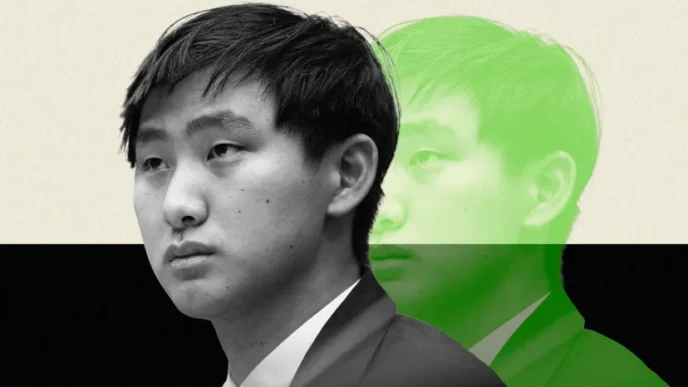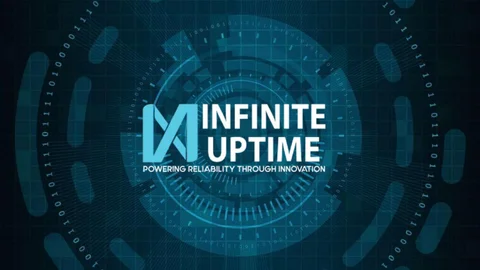Venture capital has long followed a familiar playbook: invest early, hold tight, and wait for a big IPO or acquisition to deliver the returns. In exchange for their patience, limited partners (LPs) expected rewards that outpaced public markets. But that model is showing signs of strain.
With more private capital flooding the market and exit timelines dragging out, the old math just doesn’t add up. Startups are raising bigger rounds at higher valuations, but exits aren’t keeping pace. For many early investors, founders, and employees, the eventual payoff is being swallowed by complex preference stacks and dilution that favor late-stage investors.
Worse still, even IPOs — once seen as the ultimate win — often disappoint. As companies convert preferred shares to common stock for listing, preference stacks vanish. The result? Little upside for growth-stage investors, especially when IPOs are priced below the last private round.
The Secondary Market Opportunity for GPs
The longer companies stay private, the more “price” diverges from “value.” Without regular price discovery, and with so much capital chasing markups, many funding rounds reflect optimism more than fundamentals. That creates friction when it’s finally time to exit — which helps explain the sluggish M&A and IPO markets in recent years.
This liquidity bottleneck is becoming an existential issue for venture capital. But there’s a growing recognition among savvy general partners (GPs) that secondary markets could be the answer.
First, there’s the challenge of time. Seed investors might hold for a decade before seeing returns — a slow grind that hurts Internal Rate of Return (IRR), even if total value looks good on paper. But with an active secondary market, early investors can lock in gains at a smart moment rather than waiting for a perfect (and rare) exit.
Second, as startups raise larger rounds, early investors often lose influence. Maintaining pro-rata rights, board seats, or even relevance becomes difficult. In many cases, the portfolio company outgrows the fund’s involvement. That’s when selling a stake — partially or fully — can make sense, freeing up capital and removing future uncertainty.
It’s a reality that only gets starker as multistage megafunds dominate the late-stage ecosystem. These large players write massive checks into perceived winners, sometimes distorting incentives and piling on dilution. Ironically, these very rounds often present the best chance for earlier investors to step aside and realize returns — especially when later-stage investors are offering liquidity to get into the deal.
Time to Flip the Default
Instead of clinging to the old strategy of “hold and hope,” perhaps it’s time for GPs to flip their mindset. New data backs this up: AngelList reports that venture fund TVPI growth slows dramatically after year eight. If most funds finish deploying capital in their third year, that means years five through seven might be a smart window to evaluate partial exits — especially if risk/reward dynamics shift.
This doesn’t mean selling everything. Venture returns are still powered by outliers, and some bets are worth riding to the end. But the shift should be intentional. GPs could do better by adopting a new default: sell by design, hold by exception — not the other way around.
That’s not just a strategy shift. It’s a way to be a more responsible steward of LP capital. In a world of longer timelines, bigger rounds, and increasingly complex exit paths, secondaries aren’t a last resort. They’re a critical tool for building healthier, more predictable returns in venture capital.













